Dyslexic learners thrive when they receive tailored support from their teachers and parents. No two students learn in exactly the same way, and dyslexic students have unique educational experiences that require different types of instruction. Although students with dyslexia may struggle with executive functioning and essential reading skills, encouraging them to take advantage of helpful accommodations can give dyslexic learners the skills they need to achieve great things.
Accommodations are tools that help students with learning differences receive equal access to instruction and assessment. From altering an environment or assessment to providing special equipment or technology, accommodations enable students with learning differences to overcome challenges they may face in the classroom. Teachers and parents should be familiar with common accommodations for dyslexia to ensure that their students are learning in inclusive classrooms that work for them. Read below to learn more about common accommodations that can be beneficial for students with dyslexia.
Implementing Technology and New Methods
When teachers are educated on effective accommodations and modifications, they can make changes to their classroom that benefit students with dyslexia and other learning differences. Although online learning was a major challenge for parents, teachers, and students, many now realize the impact that specialized resources and classroom accommodations can have, especially on children with learning differences. Therefore, the transition back into in-person learning is the perfect opportunity to implement assistive technology into the classroom environment.
Common classroom accommodations can take the form of digital reading remediation, such as audiobooks, text-to-speech software, dyslexia-friendly fonts, and other writing and reading programs. With other assistive technologies automatically included in newer tablets and devices, students with dyslexia have unlimited potential to explore software to overcome their learning challenges. These technologies can introduce dyslexic students to new methods of learning by accommodating their specific needs and complementing their learning styles. Most importantly, certain programs can help dyslexic learners find new ways to hone the skills they struggle with most. Because every student has unique educational requirements, learning plans such as individualized education plans (IEPs) and 504 plans can outline complementary teaching strategies and accommodations for students who qualify.
Classroom Materials & Routines
From multisensory activities to unique educational games, educators can implement various techniques to ensure that students with dyslexia expand their knowledge with lessons that match their learning style. Exposing dyslexic learners to new ways of interacting with the classroom can be as simple as implementing new routines into standard classroom activities.
Classroom materials and new routines meant to help dyslexic students should reflect those learners’ preferred studying methods. For example, some teachers might implement visual schedules and advanced organizational tools to help students understand and keep track of their responsibilities more concretely. Teachers can provide students with a copy of written notes, or allow them to mark directly in workbooks or test booklets. Other changes in routines and classroom materials include giving students extra time to complete assignments, using reading buddies when appropriate, providing movement in the classroom and preferential seating.
Providing the proper support to students with dyslexia can set up a child for life-long success. At ReadSource, we are proud to serve and provide resources for dyslexic students and the educators and parents who work with the dyslexia community. ReadSource offers online resources and teacher training courses for educators and parents so they can best empower dyslexic students to reach their full potential. Learn more about ReadSource and contact us today.








Leave a Reply